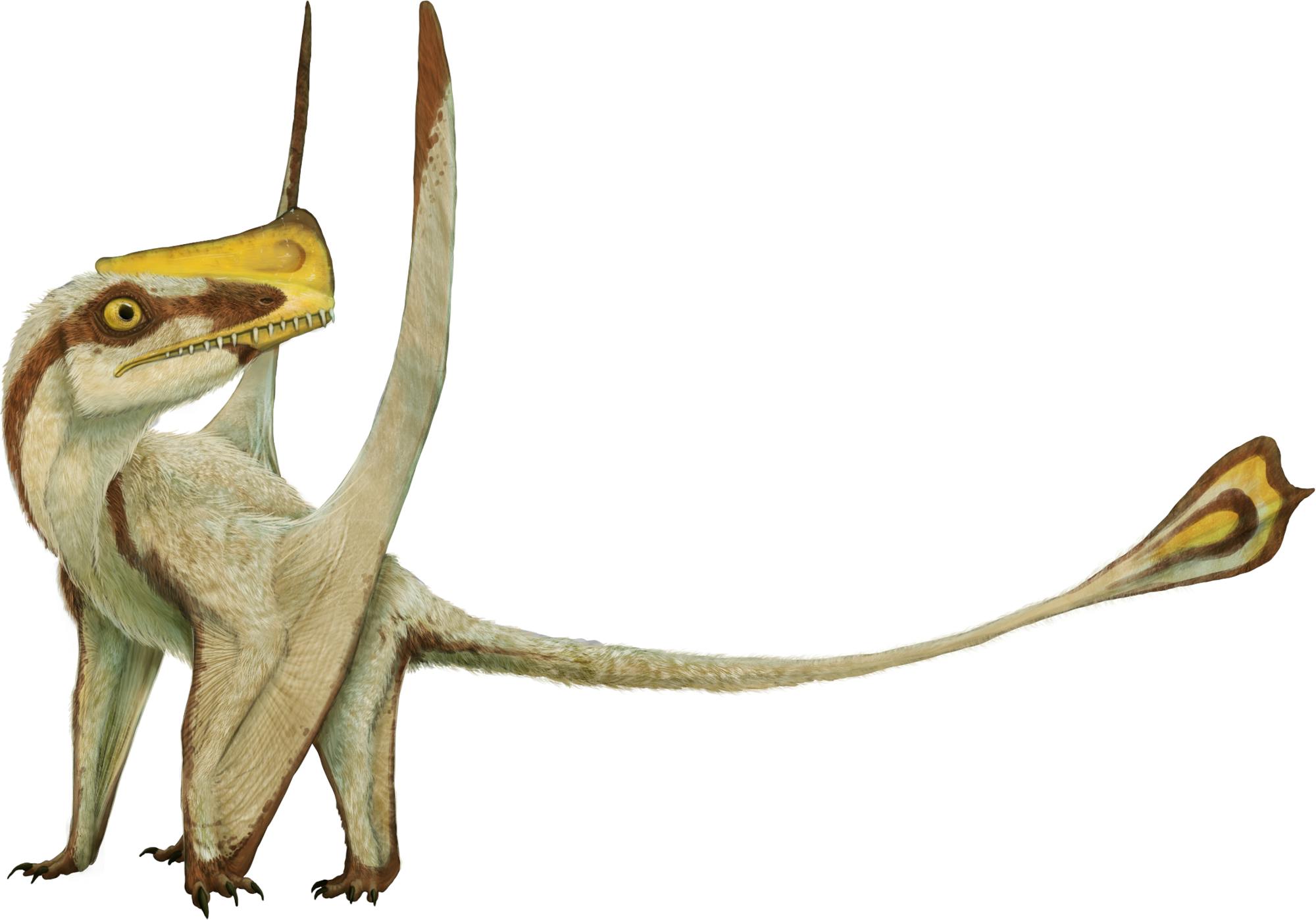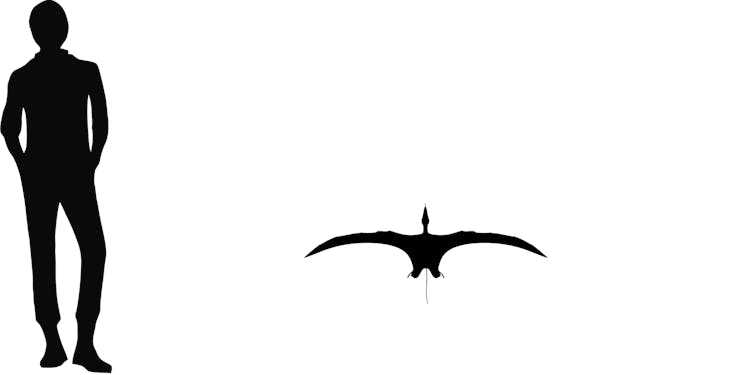


The primitive pterosaur Austriadactylus is known from the middle Norian Stage of the Late Triassic, and hails from beds in Tyrol, Austria. The bones were 215 million years ago and were described by Fabio Marco Dalla Vechchia and colleagues in 2002. The age puts them at a very basal position on the pterosaur family tree and even in terms of their classification, these animals are very primitive. They have lengthy forelimbs with a slender humerus or upper arm bone. Most of these primitive pterosaurs like Eudimorphodon and its relatives had strong and robust upper arms and were strong flyers.
For a while its placement was debated by many workers, the same for many of these early pterosaurs. In 2009 the primitive pterosaur family Eudimorphodontidae was regarded as being related to the Campylognathoides line, especially by known researcher Kevin Padian. However one year later, Brian Andres and colleagues classified both Austriadactylus and the eudimorphodonts together, leaving Campylognathoides out of the family. The Eudimorphodontidae are a small family consisting of Carniadactylus, another animal that Dalla Vechchia names and described, as well as Eudimorphodon, the best-known of these basal flyers. Some workers even decided on synonymizing Eudimorphodon with Austriadactylus, especially Andres in 2010. More recent research however suggests that Campylognathoides is much more advanced than any other Triassic pterosaurs. Certainly there are plenty of issues in the classification of these animals, with Witton noting that there is much to be resolved when it comes to these basal pterosaurs.
The bones of Austriadactylus are nearly complete and consist of a good skull and other remains, including parts of the hip and tailbones. Being a primitive pterosaur, Austriadactylus crtistatus had a long tail, and was rather small with a wingspan of 1.2 meters across. It also had a crest on its short head. This flat, bony flag might have supported an extension of keratin that the animal used for display.
